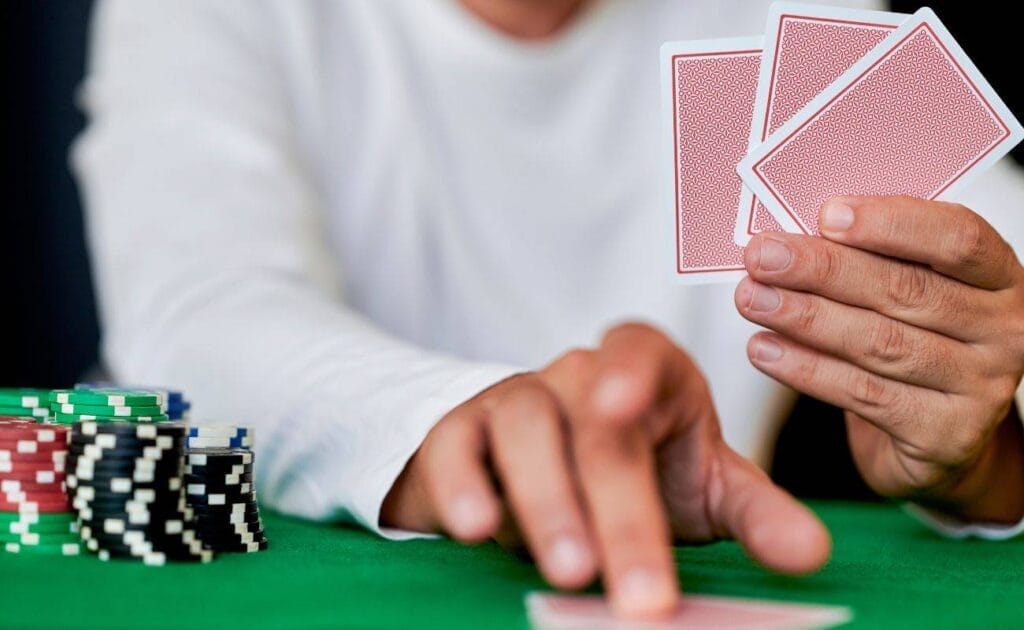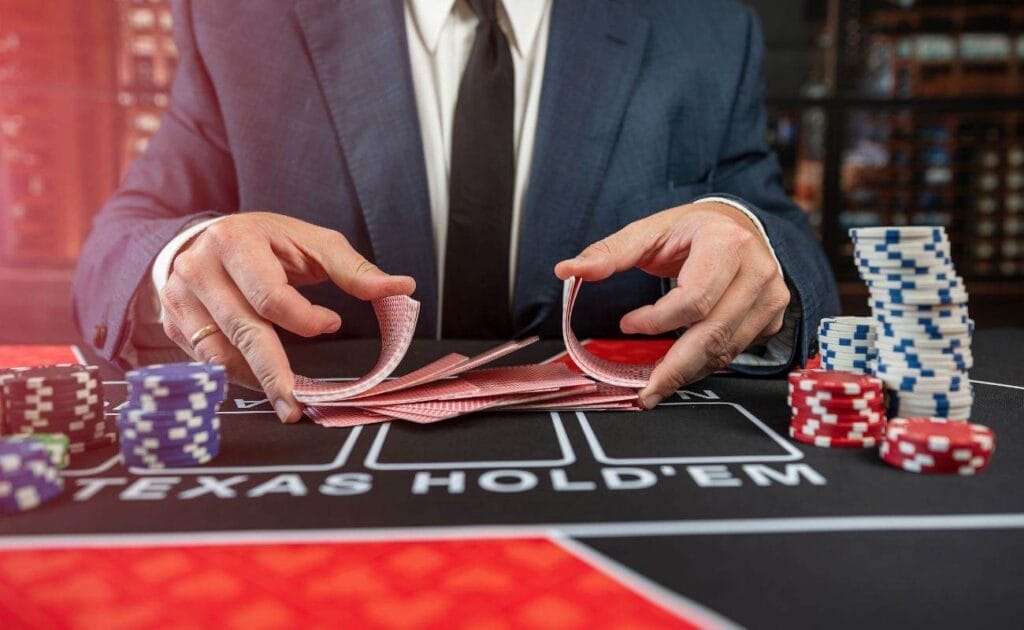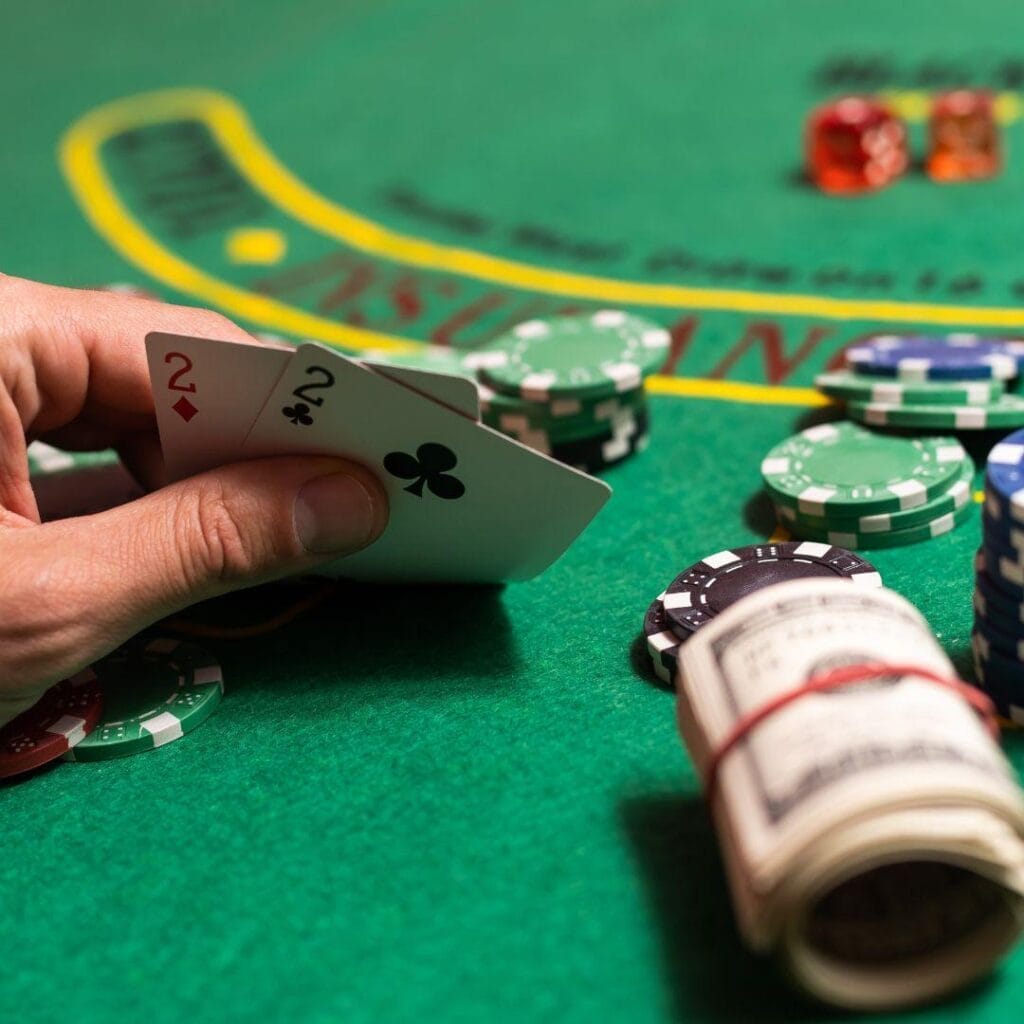
Poker is a game of incomplete information, but it’s no guessing game. Today’s poker pros draw on high-level math-based strategies such as GTO (game theory optimal) in an effort to close the information gap and make correct decisions. These approaches typically involve using poker solvers and flop charts, because the math is typically too complex for most players to work out the probability of hands in poker for themselves. As a result, some players don’t really understand what they’re doing beyond obeying the prompts of their poker tools.
By contrast, Bayesian thinking offers an alternative based on rigorous math — but one that’s easier to grasp on an intuitive level. It isn’t specific to poker – Alan Turing, for example, used it to crack the German Enigma code during World War II – but it works very well nonetheless. Keep reading to discover how to use Bayes’ theorem when you play online poker.
Bayes’ Probability Rule

Bayesian thinking involves making the best possible predictions by working out poker odds and probabilities and updating them as new information comes to light. The underlying mathematical concept is called Bayes’ Theorem. This probability rule was invented by the 18th-century English philosopher and mathematician Thomas Bayes, and it states that: “The probability of an event happening (A), given that it has happened (B), is equal to the probability of the event happening (B) given that it has happened A times. The probability of both events occurring together is divided by the sum total for all possibilities.”
That may seem like a mouthful, but it’s actually pretty intuitive once translated into ordinary speech. In fact, the best way to learn how to use Bayes’ theorem is to get stuck into a practical example right away, so here it goes.
You’re playing a heads-up cash game in your local casino against a frequent opponent named Ben. Your hand is a bluff catcher (top pair with a lousy kicker), and Ben has just bet on the river. Through hours of play, you’ve observed that he value-bets on the river about 60% of the time and bluffs about 40%. You’ve also noticed a fairly reliable tell. After he bets for value, he double-checks his hole cards. When he’s bluffing, he usually lays them on the table.
On this hand, he lays his cards down while you’re thinking. So, should you call or fold?
Obviously, if Ben’s tell told the same story every time, you’d know he’s bluffing, and you’d call. Unfortunately, 20% of the time, he’s bluffing when he double-checks his hole cards. It’s still a good tell, with 80% accuracy, but you can’t rely on it 100%.
What to do? This is where Bayes’ formula comes in.
How To Play Poker with Bayes’ Theorem
Bayes’ formula can be expressed in various ways, but the simplest and most useful method for general poker purposes is to put the numbers in a table.
| Value betting | Bluffing | Totals | |
| Double-checks cards | 48 | 8 | 56 |
| Lays cards down | 12 | 32 | 44 |
| TOTALS | 60 | 40 | 100 |
In the bottom row, you have the prior probability of Ben value betting or bluffing. This is what you know about his frequencies before inserting his tells into the formula.
In the value betting column, you can see that he double-checks his cards 48% of the time that he is value betting (80% of 60 is 48), and he lays them down 20% of the time that he is value betting (20% of 60 is 12). Similarly, he lays his cards down 32% of the time when he is bluffing (80% of 40 is 32), and he double-checks them 8% of the time when he is bluffing (20% of 40 is 8).
Now, it’s time to integrate the two types of incomplete information with the prior probability and work out whether Ben is bluffing or not. Here’s how it works.
Recall that Ben laid his cards down after betting. The second row shows that he does this 44 times in 100 hands, and he’s bluffing 32 times out of that 44, which is 73% of the time. In other words, the chance that Ben is bluffing is a great deal higher than the 40% prior probability would suggest. This should tilt your decision towards calling.
Putting Bayes’ Formula To Work

This is a very simple example and doesn’t take into account factors such as bet size and pot size, but it’s essentially how Bayesian thinking works, and you can tailor it to other situations. Say Ben goes on holiday and returns a much tighter player (90% value bets and 10% bluffs) but with the same tells. He bets into you on the river and lays his cards on the table. Your basic reaction should be to fold, but his bluff-tell is accurate 80% of the time. Maybe you should call? Plug the numbers into the table, and you’ll see that he’s bluffing only 31% of the time and value betting 69% of the time. So you should fold, even though the tell is 80% accurate.
This may seem counterintuitive, but that’s Bayes’ formula for you. The more you use it, the more you’ll find your opponents’ poker bluffs don’t work. You can also use it to answer more complicated questions, such as how to reduce your variance, whether an opponent who raises from the cutoff is a maniac or tight player, or whether their unusually high win rate is a result of expert-level skill or plain dumb luck. Such questions are beyond the scope of this blog, but if you’re interested, you can study further in books like The Mathematics of Poker,” by Bill Chen and Jerrod Ankenman.
Play Poker Online at Borgata
Keen to get started with real online poker? Register at Borgata Online for a premium poker experience in a safe, secure online environment. Meet like-minded players and enjoy cash games and poker tournaments with stakes and buy-ins to suit every player type. Raise your game at Borgata Online.
